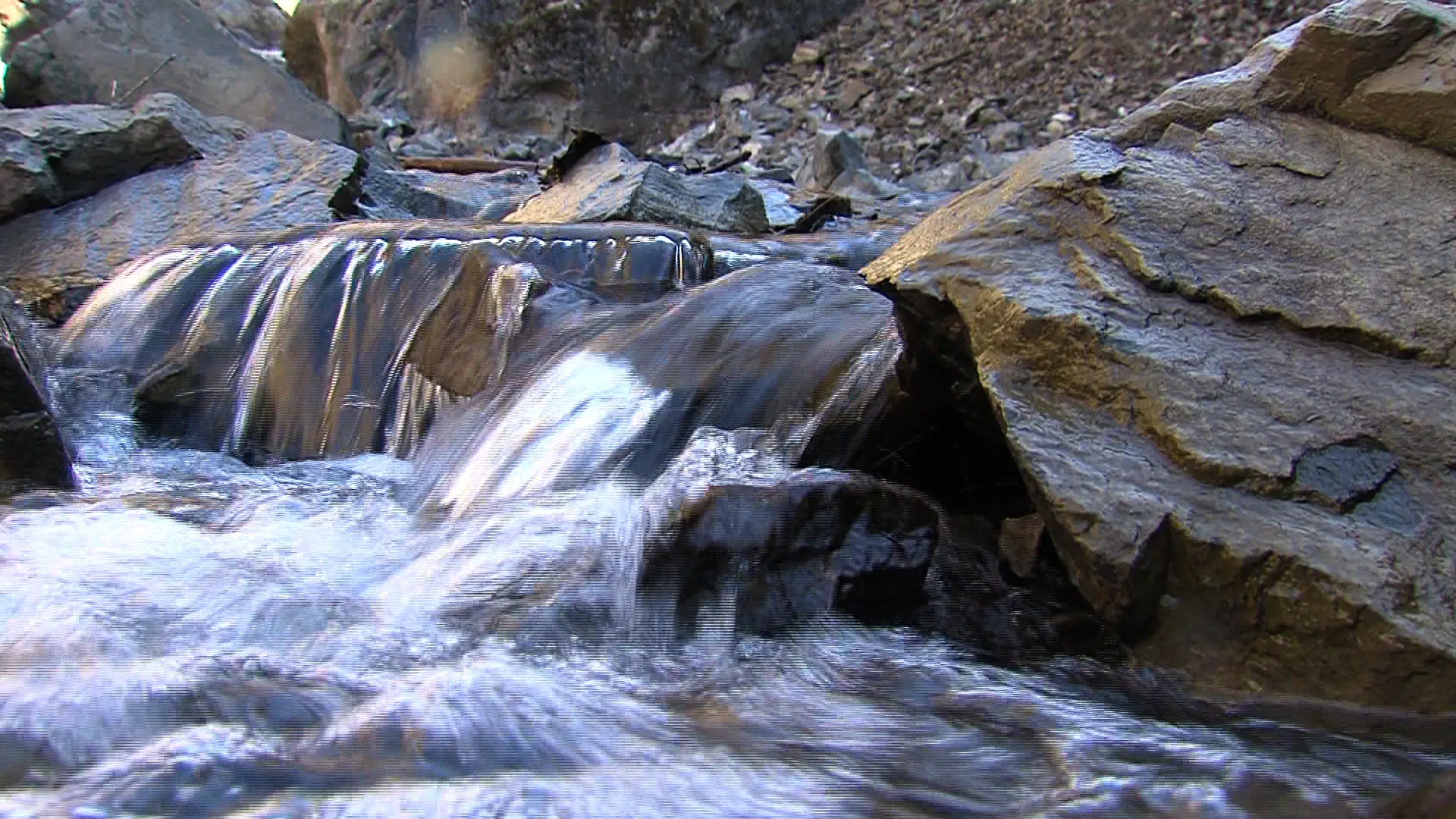
Scientists say Ajax won’t affect water in Peterson Creek
KAMLOOPS — Peterson Creek is a popular place for people in Kamloops, attracting thousands of visitors every year to walk, hike, and bike the trails and take in the beautiful scenary.
But what happens if the Ajax mine is approved?


